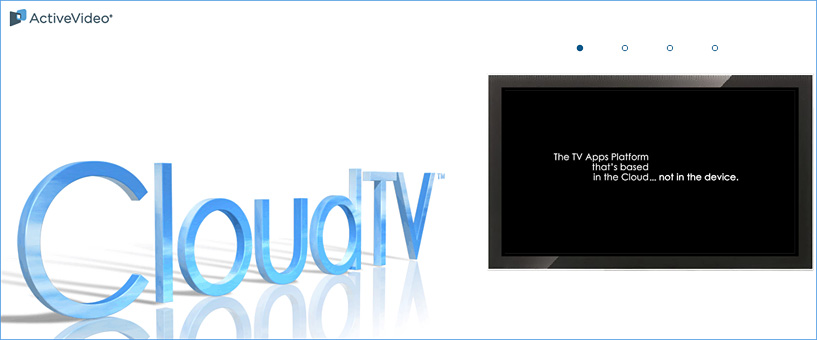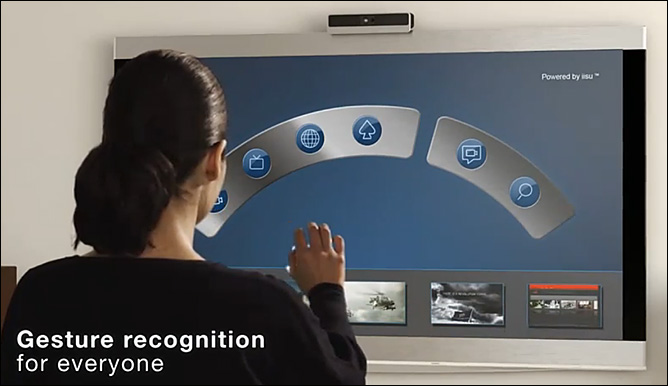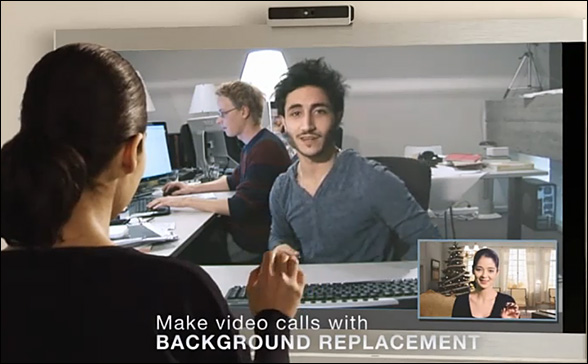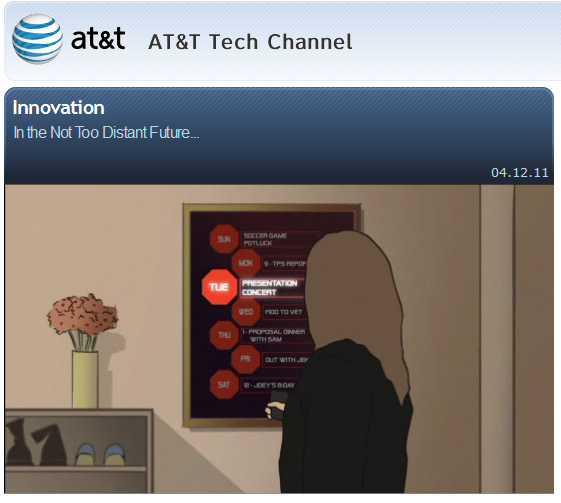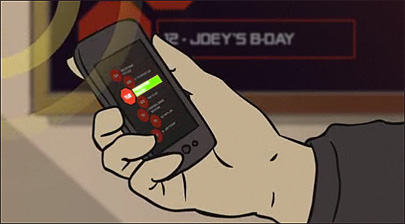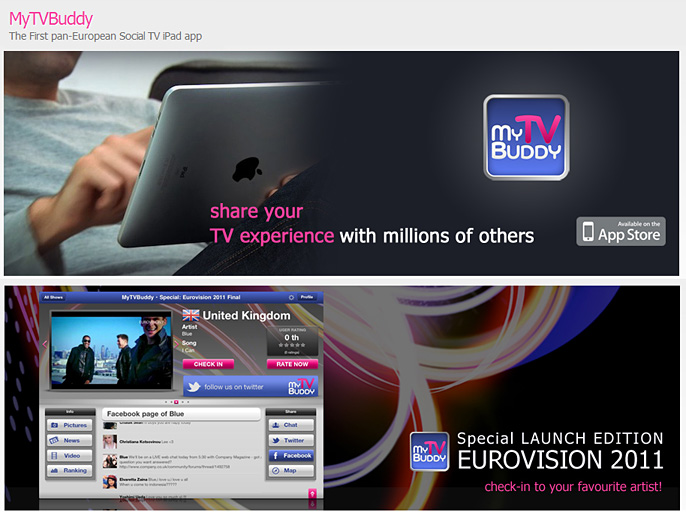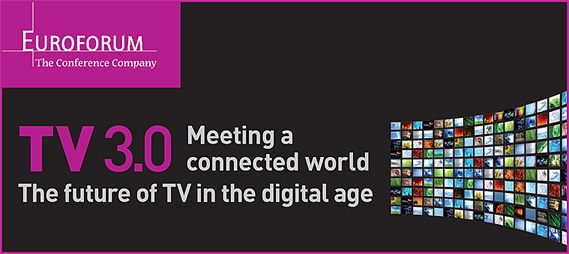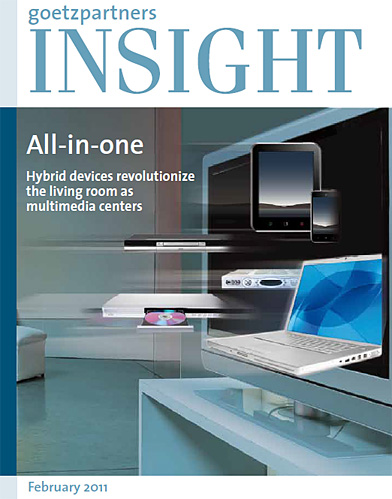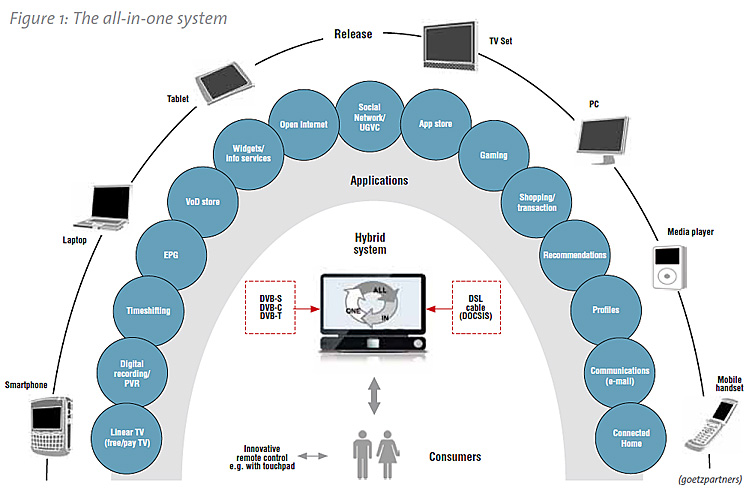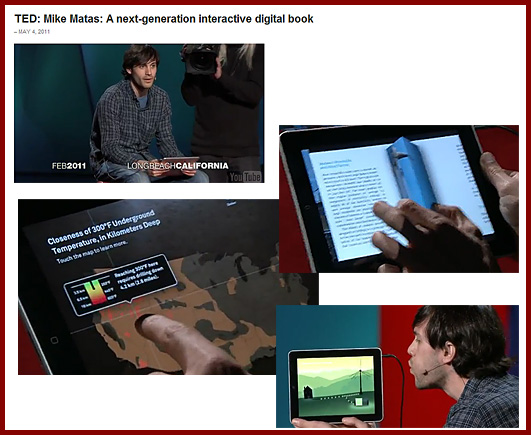AnatOnMe projects patients’ insides onto their outsides — from gizmag.com by Paul Ridden
Excerpt:
A team at Microsoft’s research wing has developed a working prototype of a system that may help to encourage physical injury sufferers to do their exercises by giving them a clearer understanding of what’s going on. A therapist would use the device to project a series of graphics of underlying bone, muscle tissue, tendons or nerves directly onto the body of a patient to help explain the nature of the injury and prescribe effective treatment. The device can also take photos during a consultation, which can be subsequently reviewed or printed out as a memory aid for the patient.














